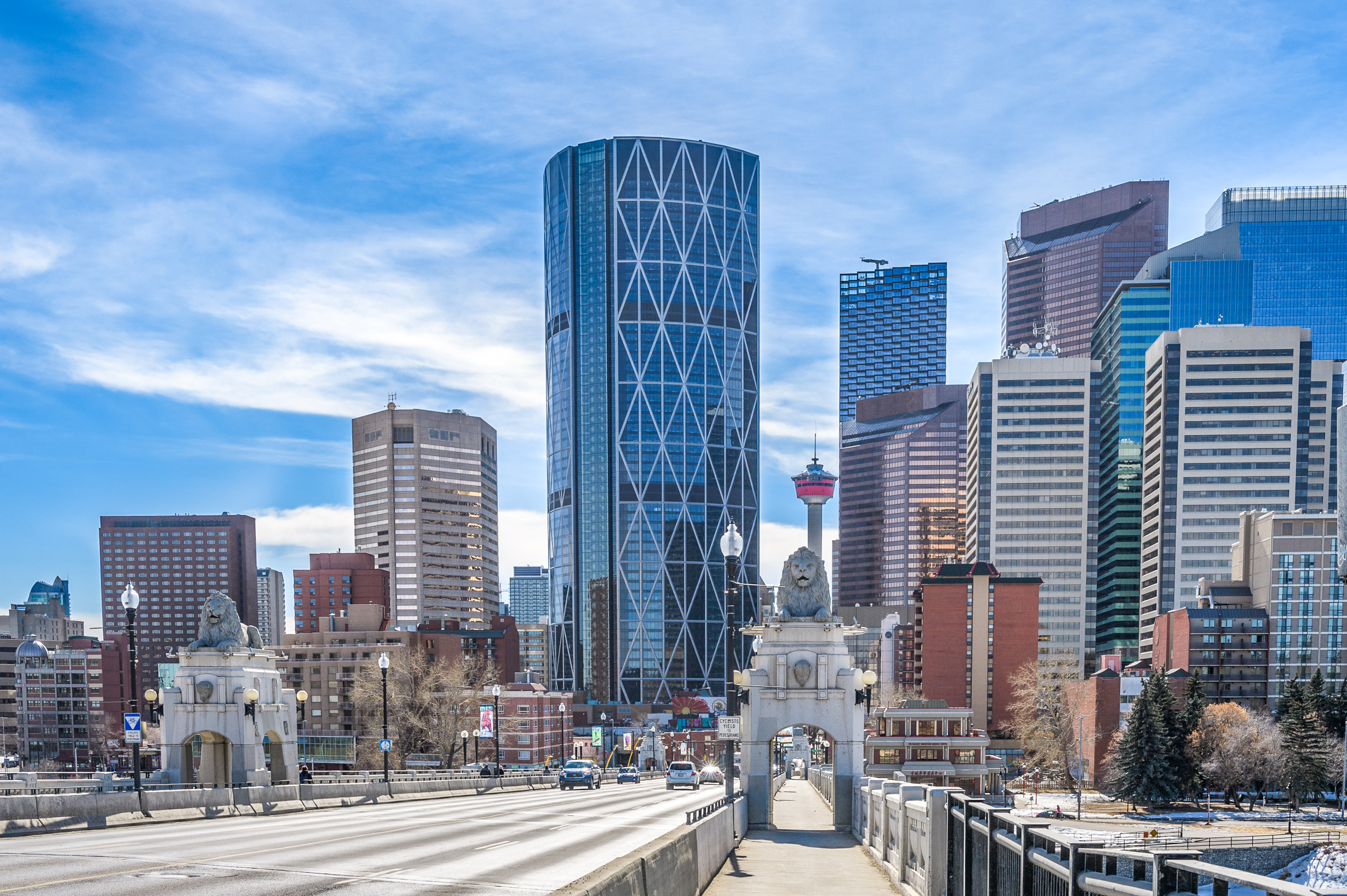Yep I hear where you are coming from - "letting things go" approach has lost us some huge heritage assets over the years. The heritage protection issues you mention are a real problem, Calgary has fared worse than most thanks to a ill-timed-for-preservation multi-decade mega boom during the 20th century's peak-suburbanization period. Our policies were weak, while our desire for growth (and ability to realize it) was strong. Bad combo for heritage buildings.
This was particularly rough on Calgary in two ways:
- First, we didn't produce a ton of quality "heritage-worthy" buildings prior to our post-war boom years on account of being too small, poor and sparse. Plenty of stick-frame old houses, but fewer early 20th century office blocks, apartment blocks. It's why Inglewood's story isn't simply a story of losing it's character buildings through replacement it's a story of never completing a corridor with buildings at all, let alone all in an era we now heritage ones.
- Second, we had all the money and demand in the world to replace nearly everything rapidly during post-war booms when we didn't care so much about preserving kind-of old, kind-of interesting buildings. This was particularly devastating in almost everywhere in the inner city outside of Stephen Avenue.
To see the opposite process in effect, check out Hamilton, Ontario. It has amazing heritage buildings, districts and some of the best-looking main streets. It has far more experience with heritage planning and policy - largely due to the opposite problem:
- In 1891, shortly after Calgary was founded, Calgary had 3,800 people - the size of today's Claresholm, AB. Hamilton was the 4th largest city in Canada with 49,000 resident's already (1891 Census). That's a lot more houses, but also banks, offices, institutions and investment in Hamilton. More buildings, higher quality buildings. Calgary slowly started to outpace Hamilton and grew faster but only became larger than Hamilton in 1966 - at a population of 330,000 and well past when most North American places stopped building quality main streets.
- The curves then flipped and accelerated: Calgary hit unprecedented prosperity and growth, while Hamilton languished as the manufacturing industry declined. Today Calgary is at 1.29M while Hamilton sits around 600,000.
While Calgary ripped up and redeveloped anything it could, Hamilton didn't even have the resources to tear down dilapidated buildings, even if they wanted to. We were even happy to tear down heritage for parking lots all throughout the core, Victoria Park and the Beltline as redevelopment and greater wealth was a near guarantee. As Hamilton's prospects declined, it increasingly was forced to looked to it's existing assets for value - it's heritage buildings. Policy, politics and investment started to match that. Our increasingly matched those needed to support redevelopment and high rates of growth.
Fast forward to today: thanks to a booming GTA and a painfully-drawn-out-but-consistent economic diversification process, Hamilton is really starting to leverage it's heritage into interesting communities and attracting investment again. Lots of cool and sophisticated work that is built off the heritage assets. Calgary tore much of our smaller base of heritage assets down and is now struggling to figure out what to do.
What's the take-away to my story?
In both cities economics comes first, always. Heritage buildings/districts are an economic driver for sure, but they are only one lever, and rarely the most powerful one unless you have no other industries (and therefore much bigger problems). In Hamilton's case it's heritage was better preserved, some due to better policy, but mostly due to economics. If their economic roared with redevelopment they would have lost a lot more heritage too, this is not to suggest there isn't anything to learn or adopt in heritage preservation or that it's hopeless, just that economics is the game that features heritage, not the other way around.
So where can better policy play a role? Well - policy helped get Inglewood a suburban-style Spolumbo's/parking lot. Surely a more traditional and true-to-the-character zero-setback, zero-parking retail would have been better. Better yet: a traditional-style lot-line-to-lot line 4 - 6 storey walkup, with Spolumbo's underneath?
In summary, lets do the small things and fight for good design, accepting trade-offs that meet the economics of today (occasional height) and support the community (preserve and integrate heritage assets) - which I think this proposal really does. Meanwhile lets attack bad design, heritage replacement with lower value products - and most importantly all the rules that make building traditional, agreeable main streets so hard in the first place (parking and set-back being the two most obvious ones).
